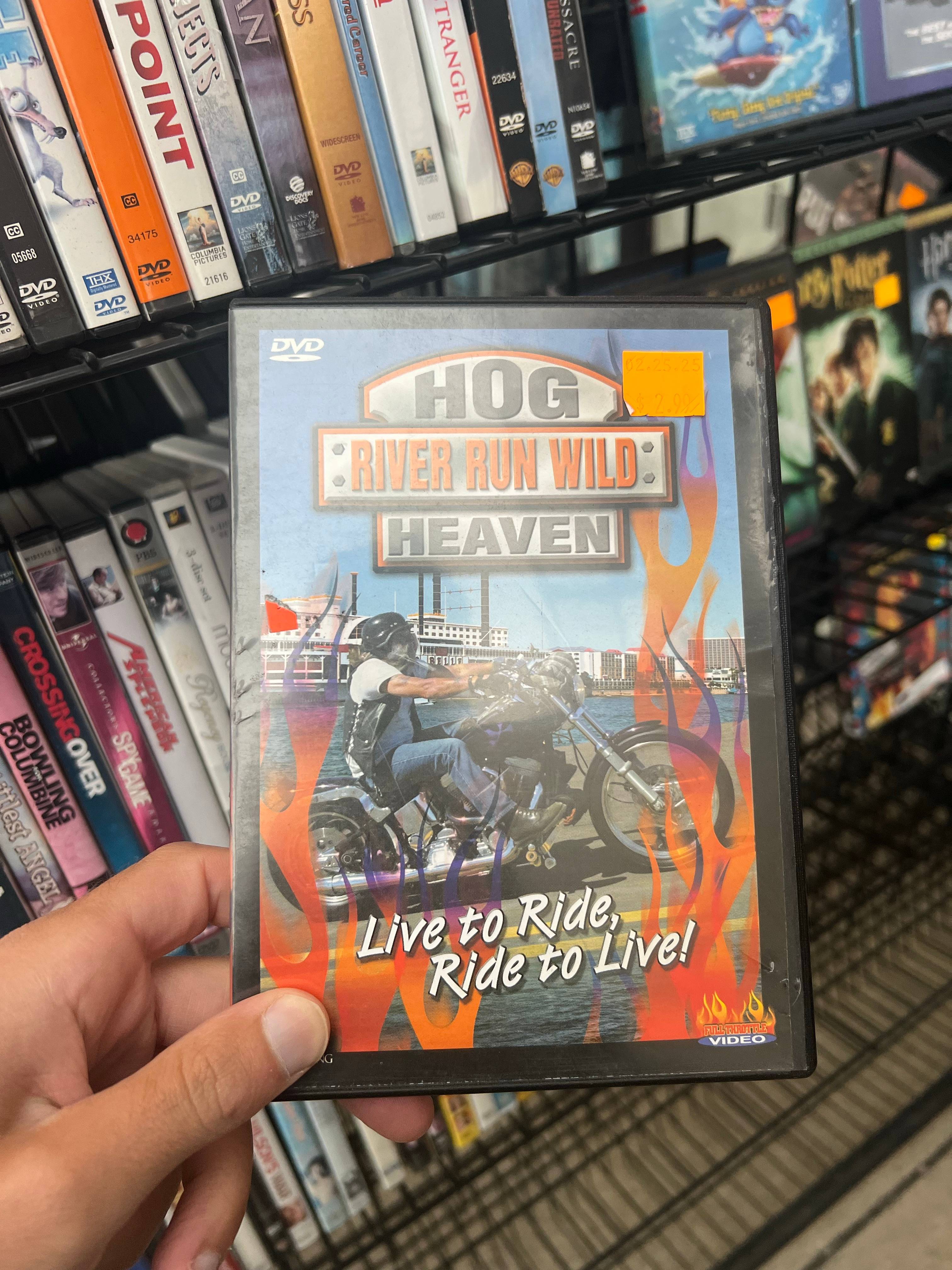kaytranada does a fantastic set but it's really fun just to people watch, its so human and raw and funny and weird:
https://www.youtube.com/watch?v=-5EQIiabJvk
Jan 24, 2024
Related Recs
2d ago
⭐
I told a friend the other day I tried rolling up to the box office at MSG for Charli XCX's sold out show and my friend responded "what are you on Seinfeld?". Tea. But going to the box office is something that this digital age does not always consider. I have had much luck at any other "sold out" show in NYC by going to the box office on the day of, purchasing a ticket at face value, and strutting on into the venue. Typically the venue holds a row or so for the occasion. Unfortunately, the box office in reference at the top of this rec, did not deliver on my hopes and dreams of being Brat.
Sep 26, 2024

Buckle up, kkelmyss.
There are two film formats still projected in theaters today: 35mm and 70mm (aka 65mm).
35mm was repurposed from Kodak's 135 photographic film standard. Instead of running the film horizontally behind the lens, it was run vertically. This enabled more exposures per foot of film at less resolution. But as cinema grew in popularity, the desire for cleaner images and higher resolutions also grew. Larger exposure area was necessary to achieve this.
Cinerama was a cumbersome, yet impressive, short-lived solution. This standard required three synchronized 35mm cinema cameras to record the movie and three synchronized 35mm projectors to display the three separate film reels as one large-format ultra-wide image. Insane and beautiful.
VistaVision was a simpler solution. It simply rotated the 35mm film 90 degrees and ran it horizontally behind the lens like still cameras. This significantly increased the exposure area and thus the resolution. VistaVison was only relevant for about 10 years but laid the groundwork for future innovation. The format was famously used by ILM for its renowned special effects, starting with Star Wars. And was resurrected last year to film The Brutalist.
70mm was the straight forward answer to increasing exposure area—just make the film bigger. This standard was run vertically past the lens like standard 35mm and offered nearly double the resolution. 65mm film is actually used for shooting and the finished movie is transferred to 70mm film for projecting. The terms are used interchangeably because they both contribute the finished product. Lawrence of Arabia is a notable film shot using 70mm to accommodate its ultra-wide vistas.
IMAX 70mm took inspiration from VistaVision. It rotates 70mm film 90 degrees and runs it horizontally behind the lens further increasing the exposure area and putting it within spitting distance of medium format photography. These are big-ass exposures. It's dramatically more expensive to shoot and project movies in this format. But it produces a gorgeous high-resolution image. And gives Christopher Nolan a huge hardon.
Acquisition formats vary for movies. But when it comes to projection, there are predominantly only two film formats today. You're most likely to find a standard 35mm projector at your local independent theater. IMAX 70mm is the other and it's even rarer. Standard 70mm projection rarer still.
Feb 11, 2025
Top Recs from @iblibs
May 6, 2024
Mar 11, 2024
🎵
just a deep throwback hit for me
Feb 12, 2024


